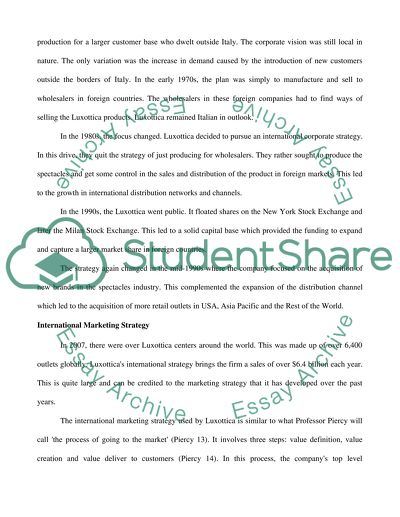Cite this document
(“Luxottica's internationalisatoin and globalisation strategy Essay”, n.d.)
Retrieved from https://studentshare.org/marketing/1395140-luxotticas-internationalisatoin-and-globalisation-strategy
Retrieved from https://studentshare.org/marketing/1395140-luxotticas-internationalisatoin-and-globalisation-strategy
(Luxottica'S Internationalisatoin and Globalisation Strategy Essay)
https://studentshare.org/marketing/1395140-luxotticas-internationalisatoin-and-globalisation-strategy.
https://studentshare.org/marketing/1395140-luxotticas-internationalisatoin-and-globalisation-strategy.
“Luxottica'S Internationalisatoin and Globalisation Strategy Essay”, n.d. https://studentshare.org/marketing/1395140-luxotticas-internationalisatoin-and-globalisation-strategy.


